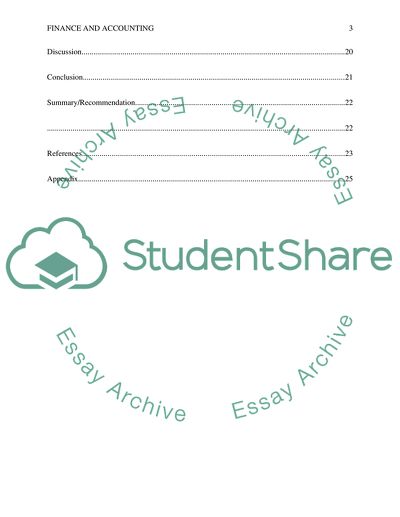Cite this document
(“Experiential Learning Case Study Admission/Application Essay”, n.d.)
Experiential Learning Case Study Admission/Application Essay. Retrieved from https://studentshare.org/finance-accounting/1657416-experiential-learning-case-study
Experiential Learning Case Study Admission/Application Essay. Retrieved from https://studentshare.org/finance-accounting/1657416-experiential-learning-case-study
(Experiential Learning Case Study Admission/Application Essay)
Experiential Learning Case Study Admission/Application Essay. https://studentshare.org/finance-accounting/1657416-experiential-learning-case-study.
Experiential Learning Case Study Admission/Application Essay. https://studentshare.org/finance-accounting/1657416-experiential-learning-case-study.
“Experiential Learning Case Study Admission/Application Essay”, n.d. https://studentshare.org/finance-accounting/1657416-experiential-learning-case-study.


